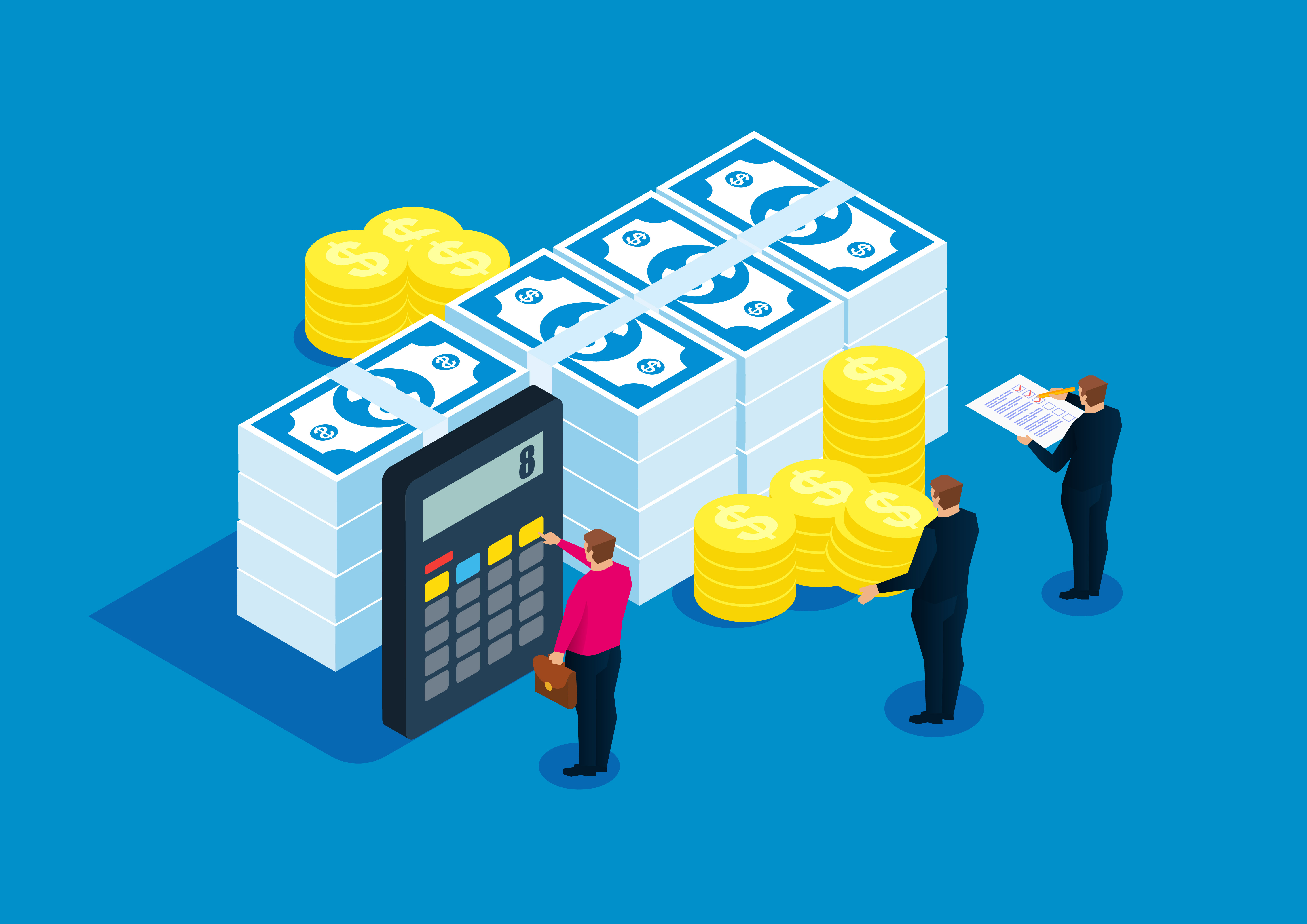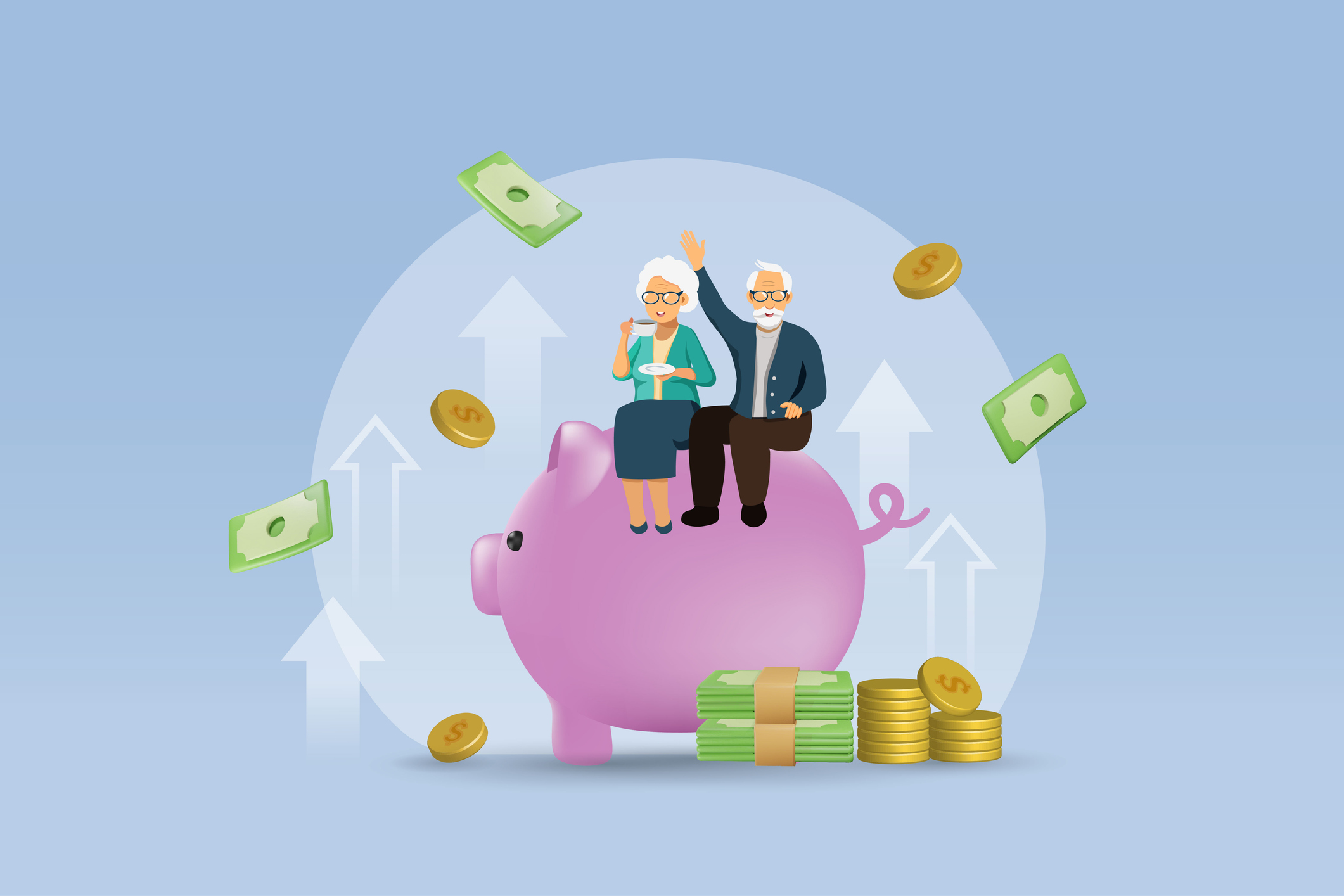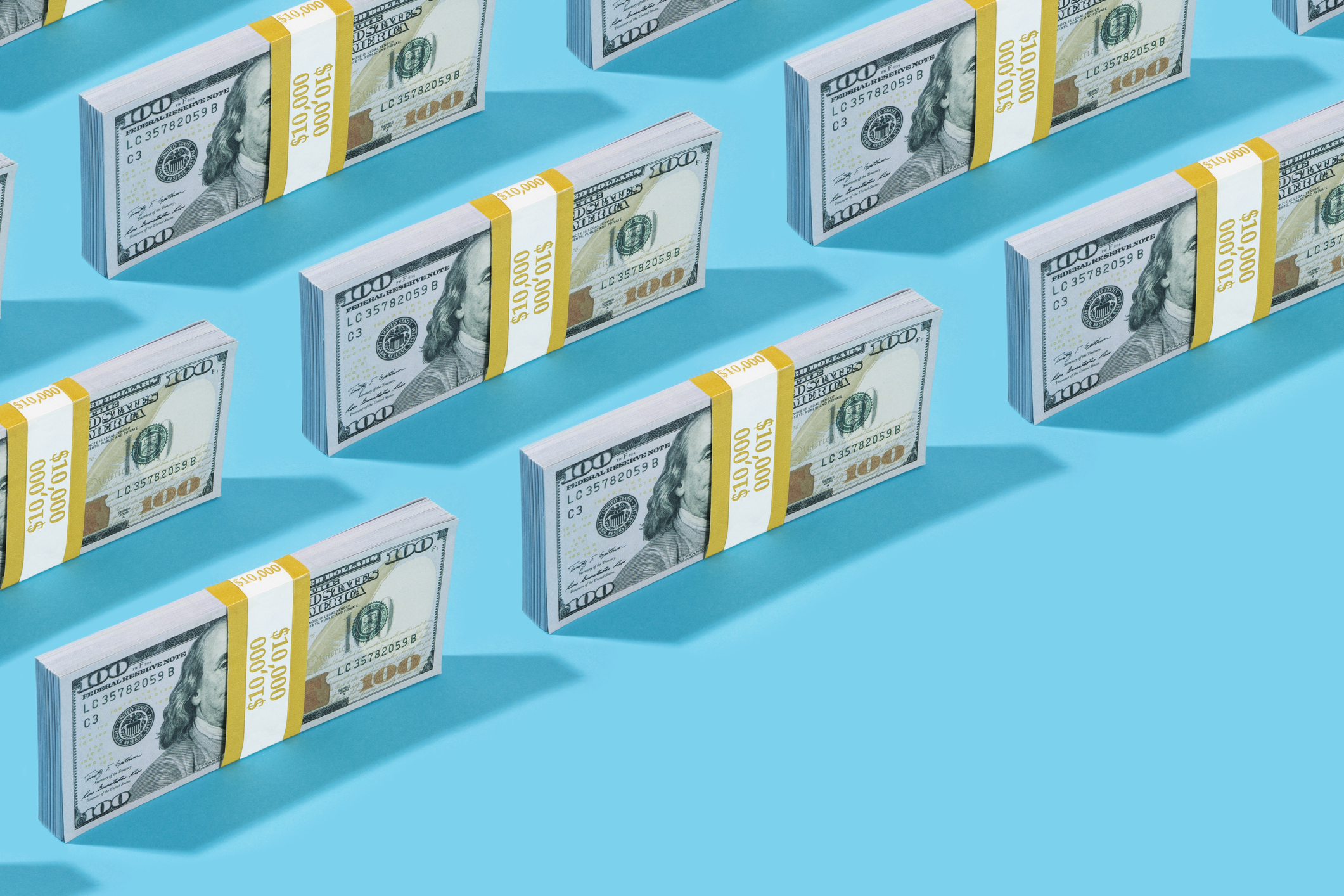What the Fed's Latest Move May Mean For Savings Accounts
On Wednesday, the Federal Reserve held interest rates steady. Here’s what you need to know about the Fed’s impact on savings rates.


On Wednesday, the Federal Reserve held interest rates steady. The short-term federal funds rate remained at its target range of 5.25%-5.50%. Since March 2022, the Federal Open Market Committee (FOMC), the central bank's rate-setting group, has increased interest rates 11 times in an attempt to combat inflation.
The central bank left rates unchanged in January for a fifth consecutive meeting, as had been expected, and said: "The Committee does not expect it will be appropriate to reduce the target range until it has gained greater confidence that inflation is moving sustainably toward 2 percent." The central bank indicated in its policy statement and post-meeting press conference that it no longer forecasts an economic downturn, but would be prepared to act if conditions change.
Rates on savings accounts, which rose in tandem with the rise in interest rates, may start to taper off or decline next year as rates start to come down. As such, locking in rates now might be a smart move. Here's what you need to know about the Fed’s impact on savings rates.
From just $107.88 $24.99 for Kiplinger Personal Finance
Become a smarter, better informed investor. Subscribe from just $107.88 $24.99, plus get up to 4 Special Issues

Sign up for Kiplinger’s Free Newsletters
Profit and prosper with the best of expert advice on investing, taxes, retirement, personal finance and more - straight to your e-mail.
Profit and prosper with the best of expert advice - straight to your e-mail.
What this means for savings accounts
Understandably, the question on many people's minds after the latest Fed announcement is: are we at the peak for savings accounts?
When the Fed raises interest rates, typically rates on savings accounts also go up. This is because offering a high APY (annual percentage yield) on accounts is an effective way for banks to compete for customers and attract deposits. For this reason, you’ll likely see the highest rates among smaller, online banks as opposed to brick-and-mortar institutions.
Therefore, savings rates have been steadily on the rise since the Fed began hiking interest rates last year. In fact, some of the top earning high-yield savings accounts, money market accounts and CD accounts are offering impressive rates — over 5% in some cases. You can use our new comparison tool — powered by Bankrate — to compare rates on high-yield savings accounts, as well as CDs, today.
Early in 2023, Bankrate predicted that rates would peak before leveling out, and after the January Fed meeting, this didn't happen — despite bank failures and slowing inflation. Although the Fed held rates steady, the Fed has indicated they were not ready to lower rates yet. We will have to wait for the next FOMC meeting in April to see if the Fed increases rates again.
Related Content
Profit and prosper with the best of Kiplinger's advice on investing, taxes, retirement, personal finance and much more. Delivered daily. Enter your email in the box and click Sign Me Up.

Erin pairs personal experience with research and is passionate about sharing personal finance advice with others. Previously, she was a freelancer focusing on the credit card side of finance, but has branched out since then to cover other aspects of personal finance. Erin is well-versed in traditional media with reporting, interviewing and research, as well as using graphic design and video and audio storytelling to share with her readers.
-
 4 Simple 2026 Money Targets to Aim For (And How to Hit Them)
4 Simple 2026 Money Targets to Aim For (And How to Hit Them)While January is the perfect time to strengthen your financial well-being, you're more likely to succeed if you set realistic goals and work with a partner.
-
 Everyone Needs an Estate Plan (Seriously, Even You)
Everyone Needs an Estate Plan (Seriously, Even You)If you've acquired assets over time, even just a home and some savings, you have an estate. That means you need a plan for that estate for your beneficiaries.
-
 To Be a Smart Insurance Shopper, Don't Shop Just for Price
To Be a Smart Insurance Shopper, Don't Shop Just for PriceChoosing the cheapest policy could cost you when you have a loss. You'll get the best results if you focus on the right coverage with the help of a good agent.
-
 Why Your Bank Suddenly Lowered Your APY — And What to Do Next
Why Your Bank Suddenly Lowered Your APY — And What to Do NextWhy banks lower APYs, options you can explore when it happens and whether more rate cuts are on the horizon.
-
 Do You Have a CD Maturing Soon? Here's What to Do Next
Do You Have a CD Maturing Soon? Here's What to Do NextThese strategies of what to do when you have a CD maturing soon will have you maximizing returns even with rate cuts.
-
 How to Open and Maintain an Online Savings Account Safely
How to Open and Maintain an Online Savings Account SafelyOnline banks offer generous APYs that most brick-and-mortar banks can't match. If you want to make the switch to online but have been hesitant, I'll show you how to do it safely.
-
 Here's How Much You Can Earn with a $100,000 Jumbo CD
Here's How Much You Can Earn with a $100,000 Jumbo CDYou might be surprised at how fast a jumbo CD helps you reach your goals.
-
 Online Banks Still Lead on Rates, But Is Switching Worth it Now?
Online Banks Still Lead on Rates, But Is Switching Worth it Now?As interest rates trend down, online banks keep an edge on yields, but service, access and flexibility still matter. Here’s how the trade-offs stack up.
-
 Should You Renew Your CD?
Should You Renew Your CD?With rate cuts impacting earnings, we examine if now is a wise time to renew CDs.
-
 Where to Store Your Cash in 2026
Where to Store Your Cash in 2026Set yourself up for success with these strategies.
-
 CD vs. Money Market: Where to Put Your Year-End Bonus Now
CD vs. Money Market: Where to Put Your Year-End Bonus NowFalling interest rates have savers wondering where to park cash. Here's how much $10,000 earns in today's best CDs versus leading money market accounts.